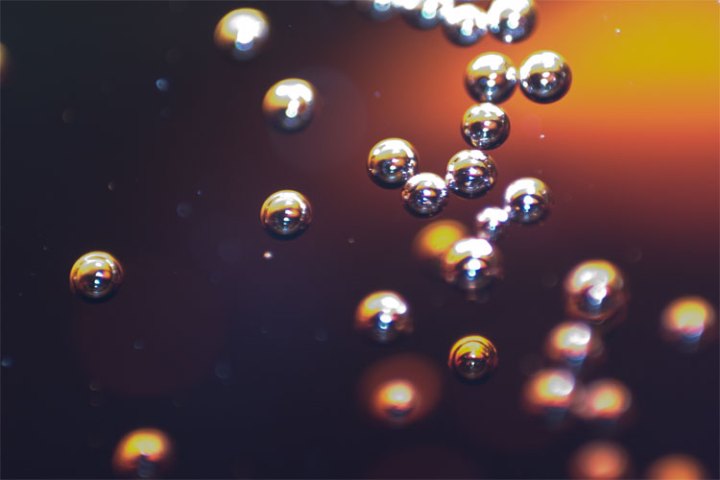
A new method of delivering anticancer drugs may help bypass some of the damaging effects of chemotherapy. Using magnetic micro-bubbles and ultrasonic vibrations, scientists have been able to transport and deploy drugs deep into tumor cells.
The scientists developed magnetic micro-bubbles, which were covered with magnetic nanoparticles, which were embedded with anti-cancer drugs. They injected this whole concoction into the bloodstreams of laboratory mice. The magnetization enabled scientists to steer the micro-bubbles towards tumors and, with ultrasound vibrations, maneuver them towards the tumor’s vulnerable area. Added ultrasound vibrations caused the bubbles to explode, shooting anticancer drug-carrying nanoparticles 50 cell layers deep or hundreds of micrometers into tumor tissue.
In a paper published in the journal Nature, scientists Chenjie Xu and Claus-Dieter Ohl of Nanyang Technological University (NTU Singapore) say, “Targeted drug delivery and controlled release is the ‘holy grail’ of nanomedicine.” That’s because chemotherapy drugs are indiscriminate, damaging both cancerous and healthy cells as they flow through the bloodstream. A drug’s effectiveness is also compromised once it’s absorbed and filtered by the liver and lungs. What’s left of the anticancer drug has limited effects on the tumor itself, as it’s unable to infiltrate into the tissue. The cancer cells that remain alive can multiply and cause resurgence of the disease.
Last month, Chinese and American researchers developed another innovative method to address targeted drug deliver and controlled release. With nanoparticle “cluster bombs,” a team led Jun Wang, Shuming Nie, et al. were able to sneak into tumor tissue and release chemotherapy medicine directly inside the cells. The three-staged process sees relatively large nanoparticles travel through the bloodstream, slip into the tumor’s leaky blood vessels, and discharge anticancer “bomblets” which infiltrate and attack the tumor cells. With methods like these, cancer cells can run and hide but they’ll be tracked, infiltrated, and assassinated.


